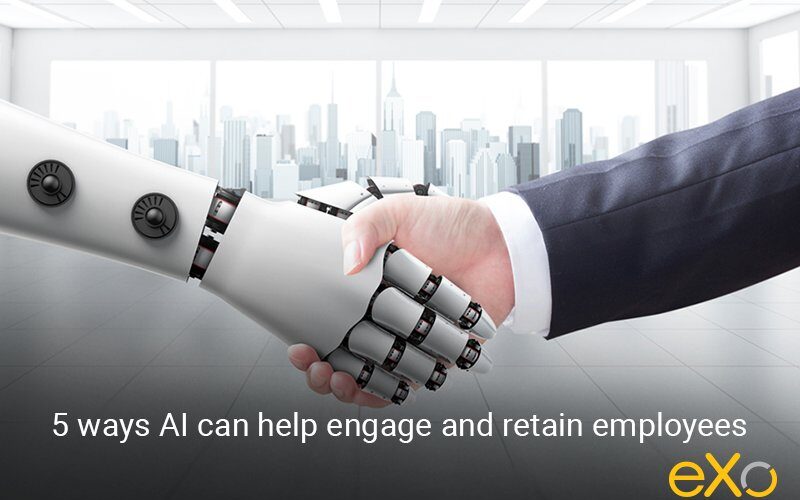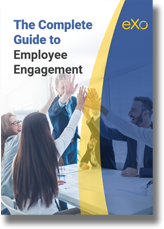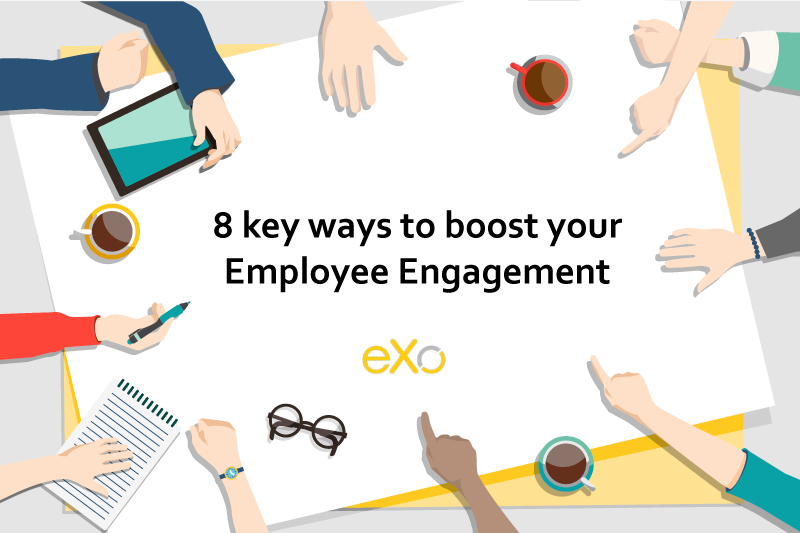- Fares Laroui
- October 7, 2020
5 ways AI can help engage and retain employees

Content
In this blog post, we will dive into the various ways AI-based recruiting CRM systems can be used to engage and retain employees and improve the overall employee journey from recruitment and onboarding all the way to continuous learning and career development.

FREE WHITE PAPER
Guide to
Employee Engagement
1. Capture and process real-time data
The first step towards creating a positive working experience where employees feel valued and engaged is to gather and measure data through a variety of means. Just like a recruitment agency software helps you capture real-time data on candidates while hiring, sentiment analysis, for example, is the process of capturing and processing large volumes of unstructured, qualitative data in real-time including opinions, feedback, performance reviews etc. Using an AI writer tool to process real-time data can speed up the analysis process and provide efficient summarizations. It helps identify patterns and trends, allowing for faster decision-making. AI writers eliminate human errors and biases, leading to more accurate results. This integration revolutionizes data analysis for improved performance.
Using autonomous AI agents powered sentiment analysis tools, HR teams can easily and quickly send open-ended surveys through which employees can freely and anonymously provide their opinions on their management or company as a whole. With Natural Language Processing, these tools can analyse each piece of text associating it with a positive, negative or neutral response. Obviously such tools, as of today, are still quite far behind face-to-face interactions in terms of analysing complex responses such as sarcasm. But they are also renowned for their capacity to learn with time. The results can then be visualised by HR teams and decision makers giving them a platform on which they can build their HR and internal communications strategies.
2. Facilitate onboarding with chatbots
3. Automate daily operations
4. Personalise learning and professional development
5. Streamline internal communications
Related posts
- All
- eXo
- Digital workplace
- Employee engagement
- Open source
- Future of work
- Internal communication
- Collaboration
- News
- intranet
- workplace
- Knowledge management
- Employee experience
- Employee productivity
- onboarding
- Employee recognition
- Change management
- Cartoon
- Digital transformation
- Infographic
- Remote work
- Industry trends
- Product News
- Thought leadership
- Tips & Tricks
- Tutorial
- Uncategorized
Leave a Reply
( Your e-mail address will not be published)


